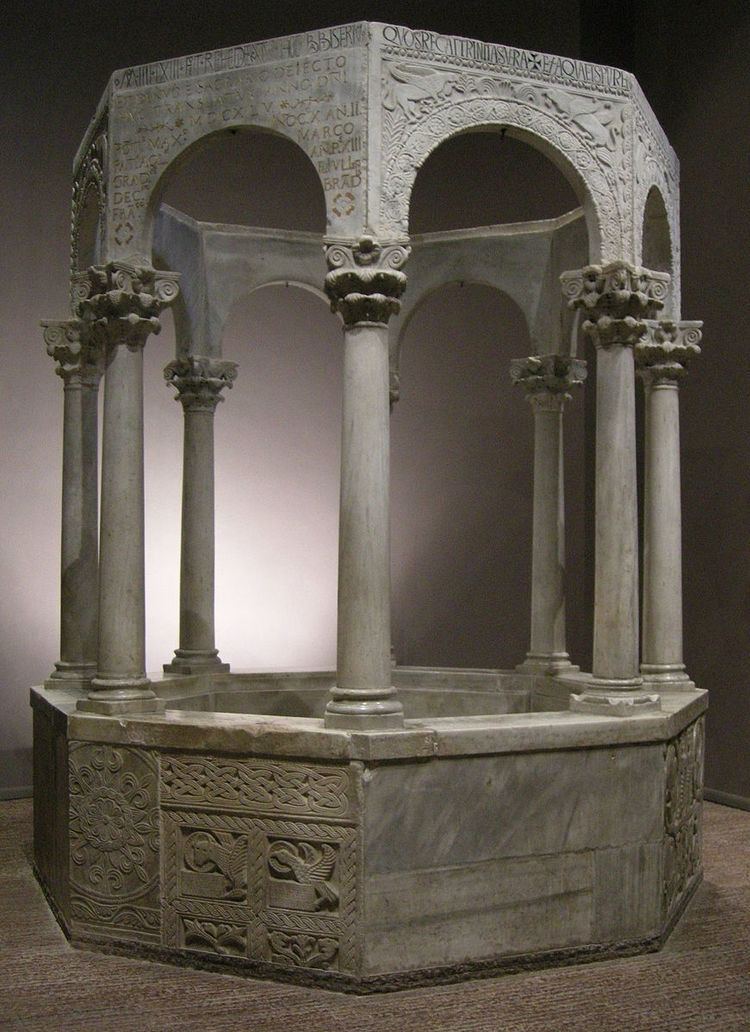Location Italy Criteria ii, iii, vi Inscription 2011 (35th Session) | Type Cultural Reference 1318 | |
 | ||
UNESCO region Europe and North America | ||
Longobards in Italy, Places of Power (568–774 A.D.) is the official name given by UNESCO to seven groups of historic buildings that reflect the achievements of the Germanic tribe of the Lombards (also referred to as Longobards), who settled in Italy during the sixth century and established a Lombard Kingdom which ended in 774 A.D.
Contents
- Cividale del Friuli Province of Udine
- Brescia
- Castelseprio Province of Varese
- Spoleto Province of Perugia
- Campello sul Clitunno Province of Perugia
- Benevento
- Monte SantAngelo Province of Foggia
- References
The groups comprise monasteries, church buildings, and fortresses and became UNESCO World Heritage Sites in June 2011 as they testify "to the Lombards' major role in the spiritual and cultural development of Medieval European Christianity".
Cividale del Friuli (Province of Udine)
The Gastaldaga area and the Episcopal complex
Brescia
The monumental area with the monastic complex of San Salvatore-Santa Giulia
Castelseprio (Province of Varese)
The castrum with the Torba Tower (later part of Torba Monastery) and the church outside the walls, "Santa Maria foris portas"
Spoleto (Province of Perugia)
The basilica of San Salvatore
Campello sul Clitunno (Province of Perugia)
The Clitunno Tempietto
Benevento
The Santa Sofia complex
Monte Sant'Angelo (Province of Foggia)
The Sanctuary of San Michele
